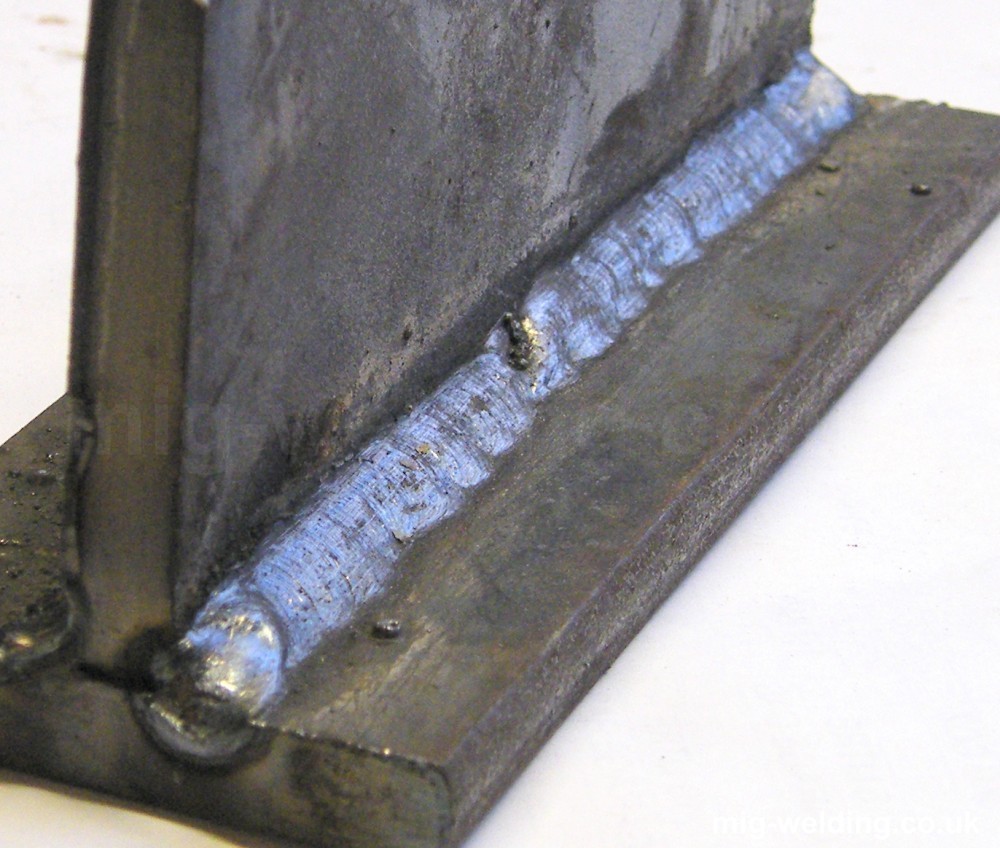Grasping the Art of Welding: How to Prevent Undercut Welding Issues for Flawless Construction Results
By recognizing the origin creates of undercut welding and implementing effective methods to avoid it, welders can elevate their craft to new levels of quality. In the pursuit of perfect manufacture results, mastering the art of welding to stay clear of undercut concerns is not simply a skill but a need for those making every effort for perfection in their job.
Understanding Undercut Welding

To stop undercut welding, welders need to make sure proper welding criteria, such as changing the current, voltage, travel rate, and maintaining the correct electrode angle. By understanding the reasons of undercut welding and implementing preventive actions, welders can achieve high-quality, structurally audio welds.
Reasons For Undercut in Welding
Understanding the variables that add to undercut in welding is vital for welders to generate high-grade, structurally sound welds. Insufficient welding wrong or existing welding rate can also add to damage. Comprehending these reasons and applying proper welding strategies can aid prevent damaging issues, guaranteeing strong and resilient welds.
Methods to avoid Undercutting

To mitigate the risk of undercutting in welding, welders can use critical welding techniques aimed at boosting the high quality and stability of the weld joints. Furthermore, making use of the correct welding technique for the specific joint setup, such as weave or stringer grains, can contribute to reducing undercutting.
Additionally, appropriate joint prep work, including making certain tidy base products devoid of impurities and utilizing the suitable welding consumables, is crucial in stopping undercut problems. Using back-step welding techniques and managing the weld bead profile can also aid distribute warm equally and decrease the threat of undercut. Routine inspection of the weld joint throughout and after welding, in addition to executing quality control steps, can aid in detecting and addressing undercutting issues immediately. By executing these methods carefully, welders can achieve perfect fabrication results with minimal undercut problems.
Importance of Appropriate Welding Parameters
Picking and maintaining appropriate welding criteria is crucial for accomplishing effective welds with marginal issues. Welding parameters describe variables such as voltage, existing, take a trip rate, electrode angle, and protecting gas flow price that straight affect the welding procedure. These specifications should be carefully adjusted based on the sort of product being welded, its density, and the welding method utilized.
Correct welding specifications make certain the More hints best quantity of warmth is related to melt the base steels and filler material evenly. If the parameters are established also high, it can bring about extreme warm input, triggering spatter, distortion, or burn-through. On the various other hand, if the specifications are also low, insufficient combination, lack of penetration, or damaging may take place.
High Quality Guarantee in Welding Operations

Final Thought
To conclude, mastering the art of welding calls for a comprehensive understanding of undercut welding, its reasons, and methods to stop it. By ensuring appropriate welding specifications and implementing quality control techniques, explanation remarkable manufacture outcomes can be attained. It is crucial for welders to constantly pursue excellence in their welding operations to avoid undercut concerns and create high-quality welds.
Undercut welding, a typical issue in welding procedures, happens when the weld steel doesn't effectively fill the groove and leaves a groove or clinical depression along the bonded joint.To protect against undercut welding, welders need to make certain correct welding parameters, such as changing the existing, voltage, travel rate, and preserving the appropriate electrode angle. Insufficient welding existing or incorrect welding rate can additionally contribute to undercut.To reduce the risk of damaging in welding, welders can utilize strategic welding methods intended at boosting the quality and honesty of the next page weld joints.In final thought, grasping the art of welding needs a comprehensive understanding of undercut welding, its causes, and techniques to prevent it.